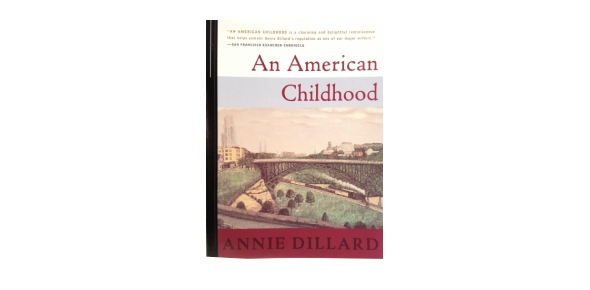

The Abundance (2016) (some selected essays, with "This is the Life.For the Time Being (1999) (non-fiction narrative).The Writing Life (1989) (non-fiction narrative).Encounters with Chinese Writers (1984) (nonfiction narrative).Teaching a Stone to Talk (1982) (narrative essays).Living by Fiction (1982) (non-fiction narrative).Holy the Firm (1977) (nonfiction narrative).Pilgrim at Tinker Creek (1974) (nonfiction narrative).Tickets for a Prayer Wheel (1974) (poems).Here is a short list of the books I've written and edited. Here is some information for scholars. (I’ve posted this web-page in defense a crook bought the name and printed dirty pictures, then offered to sell it to me. I bit. In the course of that I learned the web is full of misinformation. This is a corrective.) The teacher in me says, "The way to learn about a writer is to read the text. For example, an article by Mary Cantwell misquotes me wildly. It is unreliable anyone can post anything, no matter how wrong. I admire her style, but so far no other book by her sings to me.I can no longer travel, can't meet with strangers, can't sign books but will sign labels with SASE, can't write by request, and can't answer letters. I read The Maytrees and Teaching a Stone to Talk, and now An American Childhood. I read Pilgrim at Tinker Creek and was blown away.

Perhaps this comes from a lack of interest in Pittsburgh, or what seemed to me, her odd childhood. I admired her, but just did not feel moved. To be sure, Dillard grew up in a loving family, which also happened to be relatively affluent (maid, 24-foot-cabin-cruiser, vacations on Sanibel Island and at the grandparents' summer home on Lake Erie, country clubs, and private girls' school). She published her first book, Pilgrim at Tinker Creek, in 1974, and it received the Pulitzer Prize. Dillard attended Hollins College in Virginia, where she received both a BA in literature and creative writing, and a MA in English. I simply did not care about her story, so highly regarded by others. At one level, AN AMERICAN CHILDHOOD is a wonderful tale of growing up in America in the 1950's. Dillard was born as Annie Doak in Pittsburgh, and her childhood there is the subject of An American Childhood. What I could not get was my own emotional involvement. I got the music, description, character, attitude, time, and place. A person's movements, muscle, sinew, and demeanor jumps from a page. A person is described in the way an artist sees, with words that give the reader a picture that is real. She does not simply see a person or place, she breathes it. She writes with the incredible knowledge of one who was born to art and words. But other than that one book, nothing else has done it. Pilgrim at Tinker Creek truly spoke to me and fed all my love of reading, exploring, and nature. While there is something I love about Annie Dillard, I can't seem to find another book she has written that is worth my time - yet I keep trying. Nothing compares to Pilgrim at Tinker Creek


 0 kommentar(er)
0 kommentar(er)
